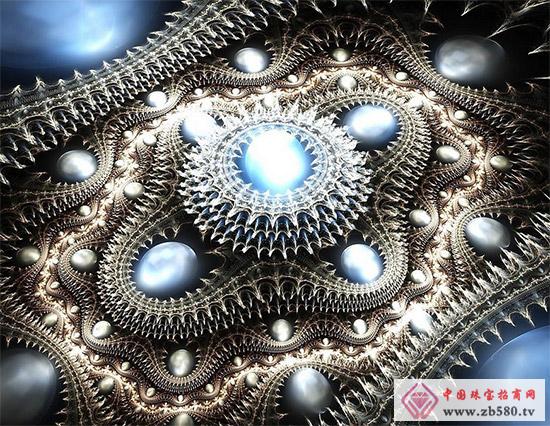Since the day of mankind, there has been a yearning for and pursuit of beauty, and there is a demand for jewelry. In the European world outside of China, it also has a long history of jewellery culture along with the origin of human beings. With the passage of the times, especially in modern times, it has created a remarkable cultural heritage and is continuously inherited and Rich.
Throughout the development of the history and culture of jewelry throughout Europe, the jewellery culture and its implications are closely related to the value orientation of human beings and daily life. If the jewelry of ancient times was only to satisfy the desire of the ancestors to beautify themselves, then the European medieval jewellery would have a spiritual sublimation, which means the possession of power; the Renaissance jewellery means wealth; 18 Jewelry in the 19th century is a reflection of wealth and elegance. Since the 20th century, with the huge social changes, jewelry has been separated from the limited meaning, and individualization has become increasingly prominent, becoming an indispensable fashion expression for contemporary people.

Ancient society
The earliest European jewellery discovered so far began in the Paleolithic Age. The materials of the Stone Age jewellery are usually the vertebrae of animal teeth, shells, fossils, pebbles and fish. In addition to the role of landscaping, it is also a symbol of human bravery.
In the 4th millennium BC, the jewelry manufacturing industry in Mesopotamia, Ancient Egypt, Ancient Greece and Rome was initially developed. Ancient Egyptian jewellery materials are mostly natural colors, and the highest achievement of jewellery is Pharaoh's jewelry. Ancient Roman jewellery inherited the ancient Greek tradition in the early stage of the styling, and then the simple and simple shape gradually replaced the traditional complex and refined, and became a practical style. It is worth mentioning that ancient Rome took the lead in using the ring as a symbol of engagement and marriage.
Medieval period
The Middle Ages in Europe was called the Dark Ages, and religious culture greatly restricted people's thoughts and aesthetics. Jewelry and costumes of the entire Middle Ages are highly differentiated. Jewelry is divided into Christian jewellery and secular jewellery. Different materials are used to reflect the corresponding status. For example, diamonds can only be worn by nobles and nobles.
In the late Middle Ages, jewelry culture began to develop. Gemstones appeared on clothing and belts. Hair accessories, brooches, buckles and other accessories gradually flourished. Jewelry scallops and other jewelry often appeared in the upper class. The brooch was also exquisite and gorgeous, even the shoes were decorated. Full of jewels and gold foil. People have begun to pursue the beauty of fashion. Gemstones are not only used in the production of various jewellery, but also in the decoration of clothing and belts. Women's hair accessories vary widely, and the jewellery used for hair accessories is also very rich. For example, the hair nets covered on the head are made of gold wire, and the net is also embellished with beautiful gems, which is very luxurious and luxurious, brooch and decoration. The buckle is also made of gold and silver materials and jewels.
Renaissance
In the Renaissance, in addition to religious and social significance, jewellery is also an integral part of clothing, and it is the expression of honor and privilege in clothing. The rulers and the emerging middle class screamed through their jewels to show off their status and wealth. During this period, women's clothing is often seen in low-necked off-the-shoulder style, which is most suitable for the wearing of necklaces, while the pendant is an essential decoration. The design theme of the pendant includes religion, mythology, fables and exotic animals.
During this period, the application of gold and silver in women's jewelry is more common. The jewelry worn by the lady is gorgeous and elegant. For example, the gold chain with pearls is wrapped around the bun, and the gold bead necklace is hung with jewels. Pendant. Among the upper-class women, there is a trend of showing wealth and jewels in jewellery, and people are competing to invest in jewellery. In the heyday of the Renaissance, necklaces and earrings and other jewellery styles became more and more sturdy and the styles became more complicated. The ladies almost drowned themselves in gold and silver jewelry.
Hollow Conjugated Polyester Staple Fiber
Hollow Conjugated Polyester Staple Fiber
Hollow Conjugated Polyester Staple Fiber
Suzhou Makeit Technology Co., Ltd , https://www.psffiber.com